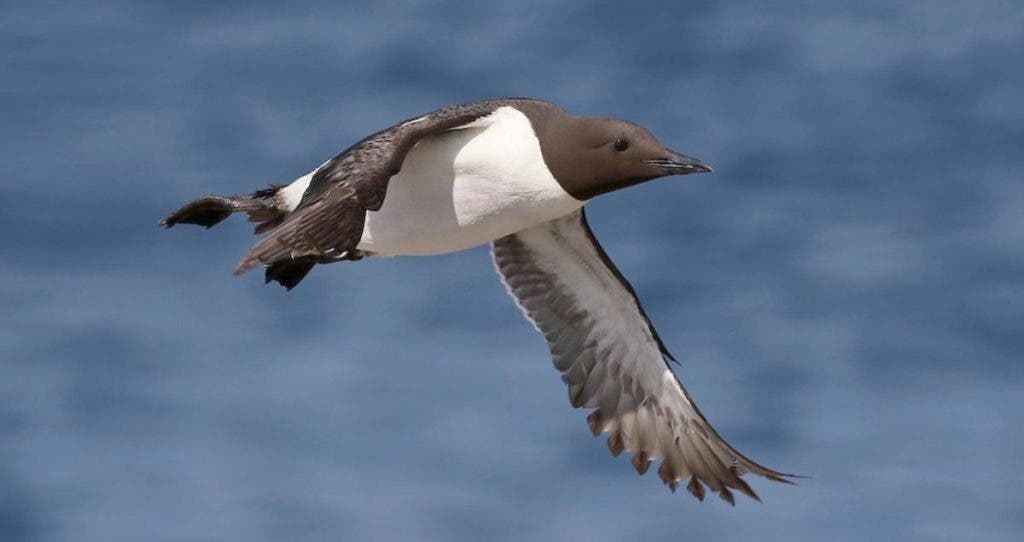Back in 2015, an estimated one million seabirds died along the west coast of North America during a marine heatwave, leaving researchers with open questions over what happened. Now, they might have figured out what went wrong.

About 62.000 dead or dying common murres, a medium-sized seabird similar to a penguin, were found on the shore from California to Alaska – having died of starvation. Researchers estimated a death toll of one million, extrapolating from the number of birds that usually wash ashore.
This wasn’t the first time that murres were found dead, usually coinciding with extraordinary warmer temperatures, but the scope was shocking. Never before was such a massive die-off of seabirds recorded in history, according to the University of Washington, which partially funded the study published in PLOS One.
“The magnitude and scale of this failure have no precedent,” lead researcher John Piatt, a biologist with the U.S. Geological Survey, said in the statement. “It was astonishing and alarming, and a red-flag warning about the tremendous impact sustained ocean warming can have on the marine ecosystem.”
Researchers analyzed vast amounts of data, including surveys of birds from the government and rehabilitation centers, sea surface temperatures, and reports from fisheries. This helped to determine how the record heatwave led to the die-off of seabirds.
A mass of warm water, colloquially known as “the blob,” began forming in the Gulf of Alaska in 2013, the study noted. By April 2015 it was 1.300 miles wide and 328 feet deep, affecting the murres in several ways.
The warmer water of the ocean led to the fish eaten by the murres to go deeper to colder waters, altering their body conditions. At the same time, competition for food increased, as the appetite of species of predator fish that eat the same as murres increased.
“As the bottom of the ecosystem was shifting in not good ways, the top of the ecosystem was demanding a lot more food,” study co-author Julia Parrish told the LA Times. Those conditions led to “intense competition for absolutely not enough food, which is what killed them.”
Despite the die-off seen a few years back, murres are not facing extinction, researchers said. Nevertheless, it will take years for the populations affected to go back to their former numbers. The phenomenon experienced by the murres it’s anticipating what could come in a warmer world, they said.
This “demonstrates that a warmer ocean world is a very different environment and a very different coastal ecosystem for many marine species,” said Parrish in a statement. “Seabirds, as highly visible members of that system, are bellwethers of that change.”






